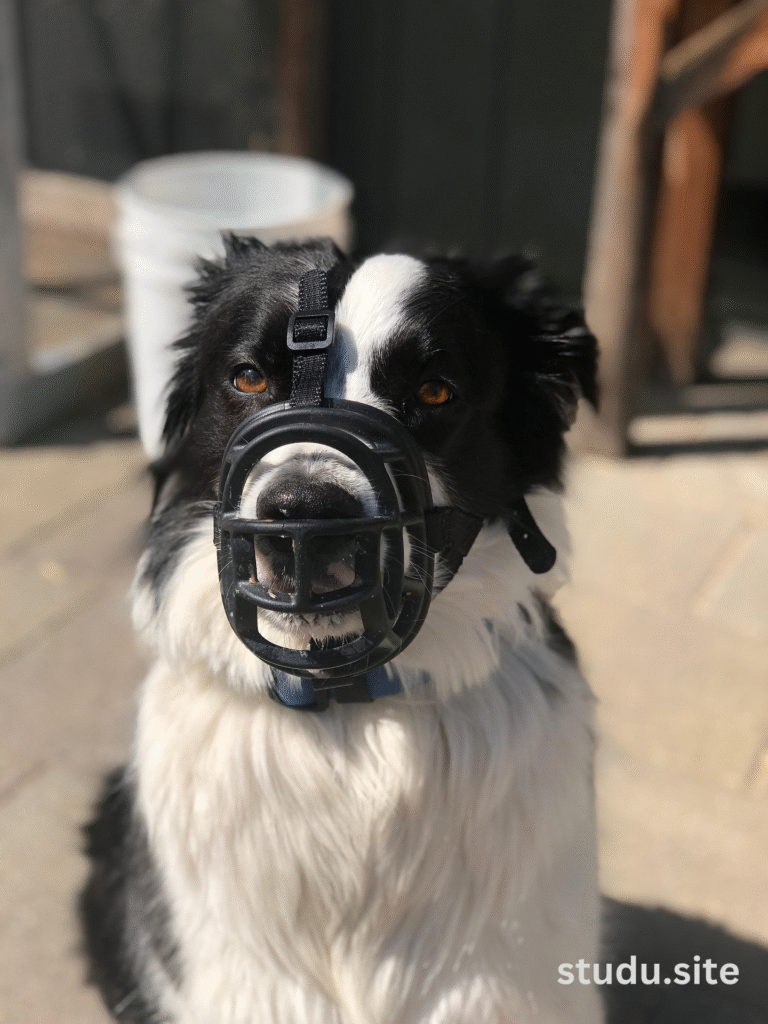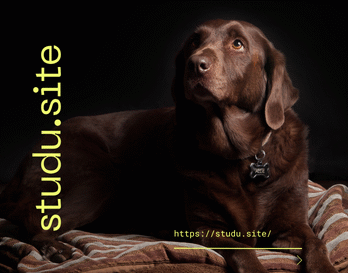Introduction to Dog Muzzles
Dog muzzles, also known as a “muzzle dog muzzle,” are valuable pieces of equipment for providing safety, controlling behavior, and adhering to guidelines in specific environments. In 2025, dog muzzles are trending as pet owners realize their benefit in avoiding bites, easing stress, and making interactions safe. Whether facing an agitated dog, a visit to the vet, or a day in public, having the right muzzle and wearing it properly is important. This comprehensive guide covers everything you need to know about dog muzzles, including types, selection tips, training methods, and top recommendations, ensuring your dog’s comfort and safety.

What Is a Dog Muzzle?
A dog muzzle is a piece of equipment fitted over a dog’s snout to stop biting, chewing, or ingesting dangerous objects with the ability to pant, drink, and occasionally eat treats. Despite popular myths, muzzles aren’t cruel if applied correctly; they are humane devices safeguarding dogs, humans, and other creatures. Muzzles are advisable for circumstances such as veterinary procedures, grooming, or outings into public spaces where a dog might get stressed or reactive, says the American Veterinary Medical Association.
In 2025, muzzles are popular on platforms such as X, with hashtags such as #DogMuzzle and #PetSafety highlighting their application in training and socialization. With 66% of pet-owning households in the United States in 2024 (according to the American Pet Products Association), muzzles are becoming a norm for good pet ownership.
Why Use a Dog Muzzle?
Dog muzzles have various uses:
-
Safety: Stop bites during stressful events, such as trips to the vet or densely populated public areas.
-
Behavior Management: Suppress unwanted habits, including eating trash on walks.
-
Legal Compliance: Certain areas mandate the use of muzzles for specific breeds (e.g., Pit Bulls) when out in public.
-
Training Aid: Assist desensitizing reactive dogs to triggers, enhancing socialization.
-
Emergency Preparedness: Safeguard first responders or passersby if a dog is hurt or traumatized.
Muzzles are especially helpful for reactive, fearful, or assaultive dogs, but muzzle training is useful for any dog to get ready for something unpredictable.
Types of Dog Muzzles
The ideal muzzle will depend on what your dog needs and the circumstances. Here are the major types in 2025:
1. Basket Muzzles
Description: Plastic, wire, or rubber construction that permits panting, drinking, and treat eating.
Best For: Extended wear, training, or going out in public.
Example: Baskerville Ultra Muzzle, 2025 top pick for durability and comfort.
Pros: Breathable, secure for prolonged wear, treats are permitted.
Cons: Bulky looks.
2. Soft Muzzles
Description: Nylon or fabric construction, wrap tightly around the snout.
Best For: Short-term application, such as vet appointments or grooming.
Example: Coastal Pet Best Fit Adjustable Muzzle, widely used for small breeds.
Pros: Lightweight, inexpensive.
Cons: Prevents panting, best not used for extended periods.
3. Occlusion Muzzles
Description: Completely obstruct the mouth, typically employed for emergencies.
Best For: Intermittent high-risk events (e.g., emergency vet treatments).
Example: VetOne Emergency Muzzle, applied in veterinary clinics.
Pros: Optimum prevention against bites.
Cons: Not ideal for long-term wear; inhibits panting.
4. Custom-Fit Muzzles
Description: Fitted according to particular breeds or special snout shapes of dogs.
Best For: Greyhounds or Bulldogs with unusual faces.
Example: BUMAS Custom Muzzle, an upcoming 2025 trend for colorful, made-to-measure style.
Pros: Ideal fit, fashionable.
Cons: Increased price, prolonged manufacturing time.
How to Choose the Right Dog Muzzle
Choosing the right muzzle requires taking into account your dog’s size, breed, behavior, and use requirements. Here are tips to follow:
-
Measure Your Dog: Take snout length, circumference, and head measurements. Most brands, including Baskerville, have sizing charts.
-
Prioritize Comfort: Allow panting and drinking through the muzzle. Basket muzzles are ideal for extended use.
-
Match the Purpose: Apply soft muzzles for short vet appointments, basket muzzles for training, or custom muzzles for exotic breeds.
-
Check Material: Use long-lasting, airy materials such as rubber or biothane for protection and comfort.
-
Test Fit: Make sure the muzzle isn’t too tight (one finger must fit under straps) or too loose (dog can’t take off).
Search X for #DogMuzzleReviews to view real-world reviews from pet owners regarding fit and use.
How to Train Your Dog to Wear a Muzzle
Accurate muzzle training is vital to make sure that your dog connects the muzzle with a pleasant experience. Follow this step-by-step instructions:
Step 1: Introducing the Muzzle
-
Show the muzzle without presenting it to them.
-
Put treats within (for basket muzzles) or close to it to associate positively.
-
Reward your dog for approaching or sniffing the muzzle.
Step 2: Gradual Exposure
-
Hold the muzzle in front of your dog’s nose, rewarding them for behaving calmly.
-
For basket muzzles, ask your dog to put their snout in for a short time.
-
Increase time, rewarding with praise or treats.
Step 3: Fastening the Muzzle
-
Slowly fasten the muzzle for a few seconds, then remove and reward.
-
Slowly increase wear time while making sure your dog does not get tense.
Step 4: Practice in Actual Situations
-
Put the muzzle on for short walks or low-stress activities.
-
Reinforce with commands such as “stay” or “sit” to consolidate training.
-
Watch for stress signals, such as over-panting or pawing.
The Muzzle Up! Project, a leading go-to in 2025, advises taking 1–2 weeks to train for comfort. X posts using #MuzzleTraining post videos of effective desensitization methods.
Common Mistakes to Avoid
-
Forcing the Muzzle: Never force it on, as this leads to fear and resistance.
-
Using as Punishment: Muzzles must be positive tools, not punishment devices.
-
Poor Fit: A muzzle that is too tight cuts off breathing; a muzzle that is too loose can be pulled off.
-
Extended Use of Soft Muzzles: Do not use soft muzzles over 30 minutes to avoid overheating.
Top Dog Muzzles for 2025
From reviews, X posts, and pet store trends, the following are top muzzle recommendations:
-
Baskerville Ultra Muzzle: Adjustable, for panting and treats ($15–$30).
-
BUMAS Custom Muzzle: Custom fit, colorful biothane material ($80–$150).
-
Coastal Pet Best Fit Muzzle: Soft lightweight muzzle, short-term use ($10–$20).
-
GoodBoy Gentle Muzzle: Comfort padded muzzle, great for small-sized dogs ($12–$25).
-
Dean & Tyler Freedom Muzzle: Wire basket muzzle for big breeds, long-lasting ($40–$60).
Legal and Social Considerations
Muzzles are mandated on some breeds (e.g., Pit Bulls, German Shepherds) in public areas in certain U.S. cities and nations. Look up municipal websites or aspca.org for local legislation. Socially, muzzles have a stigma, but 2025 X trends indicate increasing acceptance, with #MuzzlePositive social movements encouraging their use responsibly.
Where to Purchase Dog Muzzles
-
Online Merchants: Amazon, Chewy, and Petco carry extensive collections with reviews.
-
Specialty Stores: Muzzle Up! and BUMAS provide custom options.
-
Local Pet Stores: Support small businesses and try muzzles in-store.
-
X Marketplace: Search #DogMuzzle for deals or custom artisans.
Conclusion
Dog muzzles are a lifesaving necessity for safety, training, and good pet ownership in 2025. With the right model, proper fit, and training your dog to accept it happily, you can improve your pet’s health and interactions in public. Baskerville basket muzzles or custom BUMAS are available, and this guide gives you the information you need to make the right choices. Post your muzzle training experience on X using #DogMuzzle or find resources at muzzleupproject.com. Love muzzles as a great step toward a safer happier dog!
